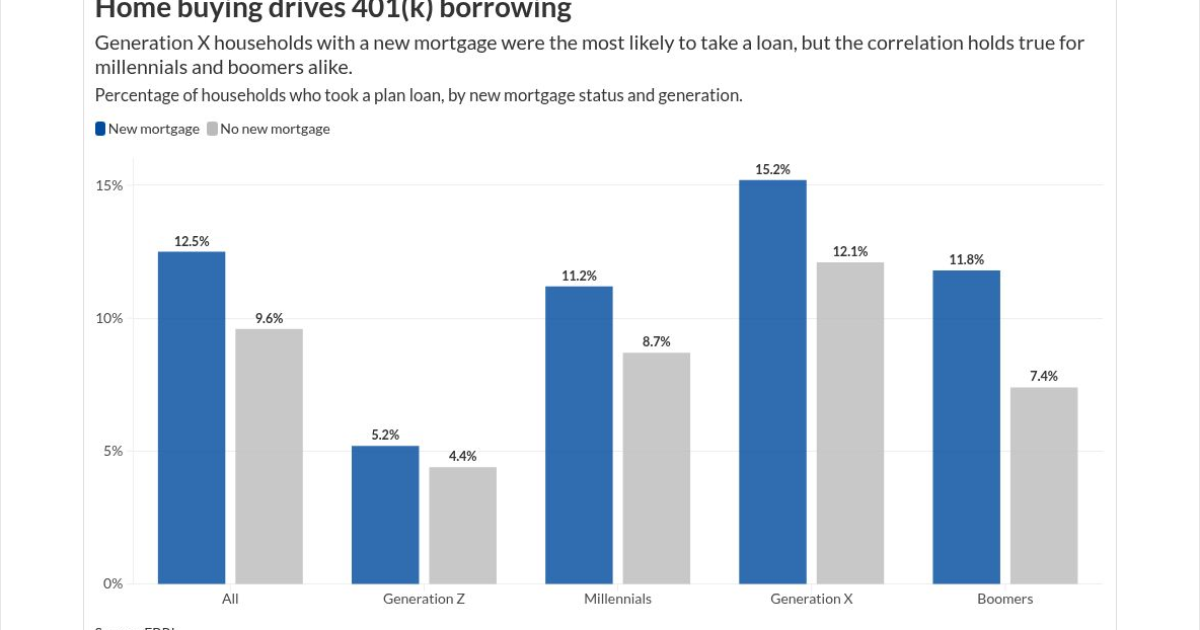Real estate brokerage and services firm Marcus & Millichap (NYSE:MMI) met Wall Streets revenue expectations in Q3 CY2025, with sales up 15.1% year on year to $193.9 million. Its GAAP profit of $0.01 per share was 80% below analysts’ consensus estimates.
Is now the time to buy MMI? Find out in our full research report (it’s free for active Edge members).
Revenue: $193.9 million vs analyst estimates of $193.8 million (15.1% year-on-year growth, in line)
EPS (GAAP): $0.01 vs analyst expectations of $0.05 (80% miss)
Adjusted EBITDA: $6.89 million vs analyst estimates of $600,000 (3.6% margin, significant beat)
Operating Margin: -1.2%, up from -6.8% in the same quarter last year
Market Capitalization: $1.14 billion
Marcus & Millichap’s third quarter results aligned with expectations on revenue but fell short on earnings per share, as profitability was affected by a one-time legal reserve and ongoing investments in talent and technology. CEO Hessam Nadji pointed to a 25% transaction growth rate, driven by strength in the private client segment and improved engagement from banks and credit unions. Nadji highlighted that the company’s focus on maintaining strong client relationships and expanding its service offerings helped outperform broader market trends despite lingering market disruption.
Looking ahead, management expects further improvement in transaction activity as market realignment continues and more investors adapt to current pricing dynamics. The company is cautiously optimistic that ongoing Federal Reserve actions and reduced construction activity will support stronger occupancies and rent growth in key property types. Nadji emphasized, “We remain focused on leveraging our unique platform, expanding our market reach and investing in the tools and talent that will drive long-term growth,” while acknowledging that tight lending conditions and macroeconomic uncertainty could weigh on productivity in the near term.
Management attributed the quarter’s performance to robust private client activity, financing growth, and continued investment in talent and technology, while profitability was tempered by a legal reserve and higher operating expenses.
Private client segment strength: The private client brokerage business saw 17% revenue growth and 22% more transactions, as renewed activity from banks and credit unions and improved price discovery brought more investors back to the market.
Financing division momentum: Financing revenue rose 28%, reflecting better lending conditions and the ability to close deals with nearly 350 different lenders. Regional banks, in particular, were more active, reducing the time required to secure loans for clients.
Institutional platform development: The company added senior leaders to its IPA division and expanded research capabilities, aiming to deepen relationships with institutional clients and capture more large-scale transactions going forward.
Auction platform gaining traction: The auction business closed 191 sales in the year to date, now accounting for about 25% of U.S. commercial property auctions. Management cited benefits from prequalified bidders and multiple fee streams, especially for challenging listings.
Ongoing investment in talent and technology: Elevated SG&A expenses reflected continued hiring of experienced brokers and strategic investments in CRM and automation tools. Management believes these costs should translate to operating leverage as the market improves.
Story Continues

























